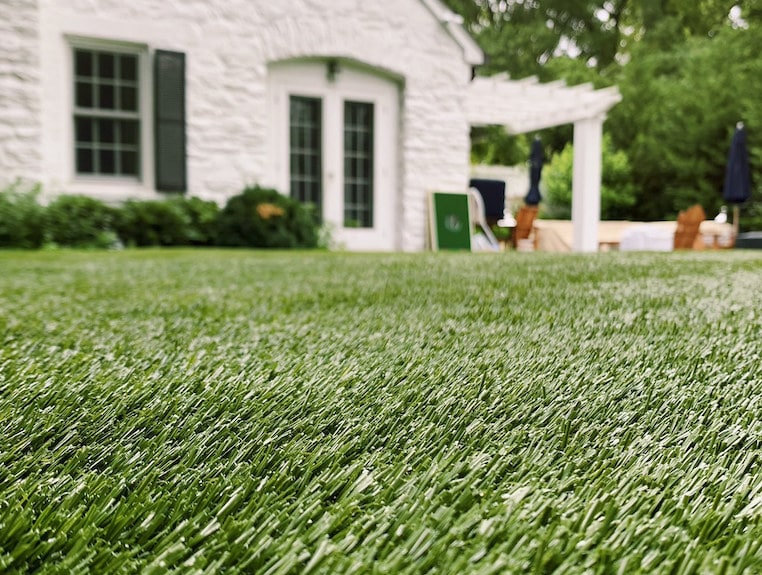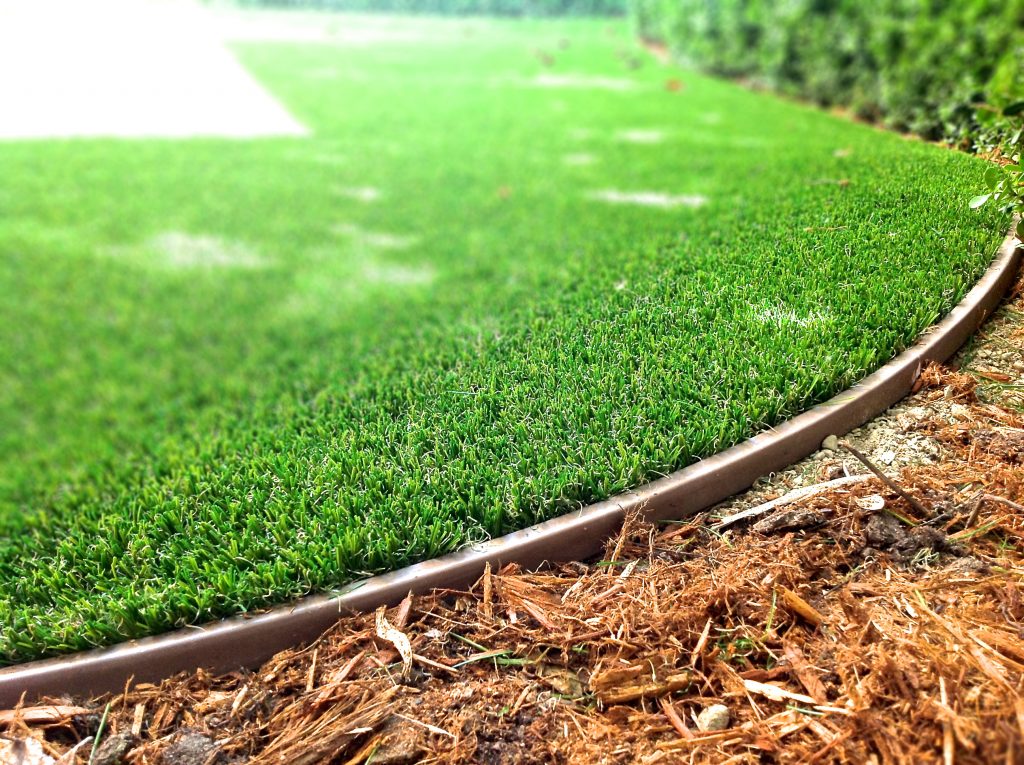Explore the Environmental Benefits of Opting for Synthetic Grass Solutions
The adoption of synthetic grass services provides a compelling opportunity to attend to pressing environmental challenges. By considerably minimizing water use and decreasing the application of hazardous chemicals, these alternatives not just advertise lasting landscape design but also safeguard regional environments.
Water Preservation Advantages
One of the most considerable advantages of artificial lawn is its capability to conserve water. In comparison, synthetic lawn does not require watering, substantially minimizing the overall need for water resources.
By getting rid of the demand for regular watering, artificial lawn adds to sustainable landscape techniques and assists minimize the environmental impact of too much water usage. Furthermore, the preservation of water extends to the decrease of drainage, which can lead to soil disintegration and waterway pollution.
Furthermore, the installment of artificial grass allows property owners and communities to allocate water resources much more successfully, concentrating on important usages such as alcohol consumption water and farming. The change in the direction of synthetic grass not just advertises liable water use yet additionally aligns with broader environmental goals aimed at protecting natural resources.
As neighborhoods progressively focus on sustainability, the water preservation benefits of man-made grass provide an engaging situation for its adoption in commercial and domestic landscaping projects.
Reduced Chemical Usage
The transition to artificial turf considerably decreases the reliance on chemical therapies generally made use of in all-natural turf maintenance. Traditional turf monitoring typically entails the application of herbicides, pesticides, and fertilizers to advertise development and control parasites. These chemicals can position dangers to human wellness, local wild animals, and the setting, adding to dirt and water contamination.
In comparison, synthetic lawn eliminates the demand for these damaging materials. By reducing the launch of synthetic compounds right into the community, fabricated turf advertises much healthier dirt and water systems.
Additionally, the lack of chemical drainage connected with fabricated lawn setups assists secure neighborhood waterways from contamination, sustaining marine life and keeping biodiversity. Turf installation phoenix az. As areas progressively prioritize sustainable practices, choosing man-made lawn offers a practical solution that aligns with environmental conservation goals. With this shift, home owners can delight in lush environment-friendly rooms without compromising ecological wellness, leading the way for a much more lasting future
Lower Carbon Footprint

Furthermore, the setup of synthetic grass can lead to significant water preservation. All-natural grass require considerable amounts of water for irrigation, which not just includes in the carbon impact related to water extraction and therapy but likewise pressures neighborhood water resources. On the other hand, synthetic grass requires very little upkeep, calling for no watering, therefore considerably lowering water usage and its linked power costs.
Furthermore, the longevity of synthetic grass adds to its decreased carbon impact. With a lifespan of approximately 15 years or even more, the demand for frequent replacements is decreased, causing much less waste and lower power intake in production and taking care of typical turf options. On the whole, synthetic turf provides a sustainable option for environmentally aware landscape click this site design.
Habitat Conservation
Environment conservation is a vital consideration in the debate over landscape design options, especially when comparing synthetic grass to all-natural turf. All-natural grass lawns commonly need substantial maintenance, including the usage of plant foods, chemicals, and herbicides, which can detrimentally affect neighborhood environments. These chemicals can leach right into the dirt and rivers, harming native vegetation and fauna and disrupting local habitats.
In contrast, synthetic grass offers a chance to decrease the environmental footprint of landscaping. By selecting artificial turf, homeowners can minimize the disruption of all-natural habitats linked with typical yard care practices. Fabricated lawn removes the requirement for unsafe chemicals, thereby safeguarding neighboring wildlife and preserving the stability of bordering ecosystems. The setup of man-made grass can lead to the conversion of previous lawn locations right into even more biodiverse landscapes, such as pollinator yards or indigenous plant locations, which can support regional wildlife.
Inevitably, the shift to man-made grass not only conserves water and decreases maintenance initiatives yet additionally promotes a more harmonious partnership in between human activities and the natural setting, advertising habitat preservation while doing so.
Long-Term Sustainability
Lasting sustainability is a crucial variable in examining the advantages of fabricated grass over conventional lawn yards. One of one of the most significant benefits of fabricated grass is its durability; it can last as much as 15-20 years with marginal maintenance, whereas natural yard needs frequent reseeding and substitute. This longevity lowers the requirement for consistent resources, such as water, fertilizers, and chemicals, which are important for keeping a healthy yard lawn.
In addition, man-made turf adds to a reduction in carbon discharges connected with yard view treatment devices. Typical yards often need gas-powered mowers, trimmers, and blowers, every one of which browse around these guys add to air contamination. Arizona turf. In contrast, fabricated turf eliminates the need for such devices, advertising a cleaner environment
Furthermore, the manufacturing of artificial grass significantly utilizes recycled materials, boosting its sustainability account. As producers take on environment-friendly techniques, the environmental footprint of man-made lawn continues to decrease.

Conclusion
The fostering of synthetic grass remedies provides substantial ecological benefits, including significant water preservation, reduced dependence on damaging chemicals, and a reduced carbon footprint. Synthetic lawn aids in protecting all-natural habitats by lessening land disruption and promoting long-lasting sustainability via the use of durable materials. Collectively, these aspects underscore the capacity of synthetic grass to add favorably to ecological health and use a sensible alternative to standard landscaping practices in a significantly resource-conscious world.
In contrast, synthetic grass does not require watering, significantly minimizing the total need for water sources. By minimizing the release of synthetic compounds into the environment, fabricated lawn promotes healthier dirt and water systems.
Additionally, the setup of artificial turf can result in significant water conservation. In comparison, artificial grass needs very little maintenance, requiring no watering, consequently considerably lowering water use and its connected power expenses.
